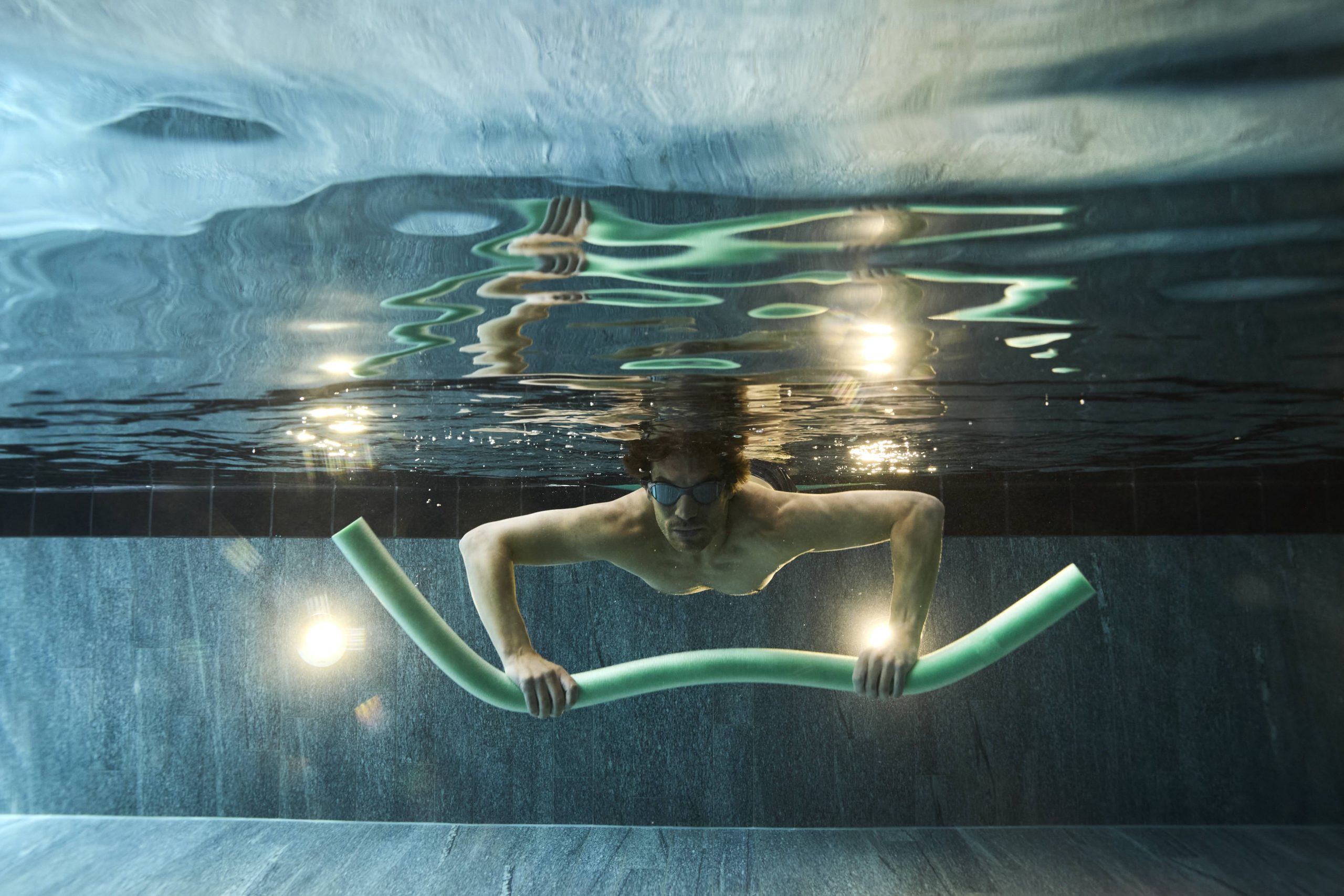
Human Performance Department
Diagnostics
Cardiorespiratory fitness assessment
A sophisticated exercise test that analyses breath-by-breath how well the heart, arteries, veins and lungs are able to work together to transport oxygen to the muscles. The results provide useful information about the physiological response of the individual to exercise and identify any possible risk factors associated with one’s health status. A personalised fitness training programmes is then prescribed to improve health, fitness levels and weight loss, if necessary.
Postural and movement assessment
This test assesses the curvatures of the vertebral column (spine), the mobility of the joints and the weak links in the muscle chains. In time all these factors can lead to altered activity of the entire locomotive system and if left untreated as we age, it can lead to postural deformity, loss of physical performance, reduced active life and pain.
Digital infrared thermal imaging
Digital infrared thermal imaging is a non-invasive, radiation-free diagnostic technique that maps the body temperature. This visualisation identifies areas of inflammation which could be associated with health conditions and physical injuries to the soft tissue.
Resting metabolic rate assessment
This test accurately measures the body’s resting energy requirements in order to determine how much energy is required for maintaining essential bodily functions including breathing, circulation and consistant core temperature. It identifies metabolism substrate utilisation, guiding evaluation of nutrition therapies, dietary plans and improved nutrition for weight management.
Strength and balance assessment
This test assesses maximum muscular forces, symmetry, strength endurance and balance skills with high precision measuring systems. Lean muscle mass naturally diminishes with age and strength training is a key component to preserve and enhance muscle mass at any age with important applications in a person’s functional ability.
Spirometry test
Assessment of your lung health by measuring how much air you can inhale and exhale, as well as how powerfully you can exhale. This can also help to identify the presence of airway obstructions. Lung function typically decreases with age due to physical inactivity and a reduction in elasticity of the rib cage.
Treatments
Neuromuscular Activation Treatment (Neurac)
This is an effective treatment method for musculoskeletal pain and neuromuscular dysfunction by improving proprioception. Functional therapeutic exercises conducted in a suspension sling aims to improve physical functioning and restore pain-free movement patterns. Weaknesses and imbalances between muscles are corrected. Often immediate pain relief and improved function can be achieved.
Physiotherapy treatment
A holistic approach of treatment where a certified therapist assesses any postural imbalances and uses physical manipulations, stretching and massage in order to increase the mobility of joints, relieve the muscle tension and pain, enhance the blood supply to tissues and help the body to heal.
Whole-body photobiomodulation treatment
Photobiomodulation uses a combination of red and near-infrared light to relieve pain, relax muscles and joints and increase blood circulation. The treatment strengthens the mitochondria, the cells’ energy powerhouses, boosting energy production, promoting cellular metabolism and reducing inflammation. It is also beneficial in the management of mood and sleep related disorders.
Neuro-acoustic deep relaxation treatment
Using patented neuroscience technology, this treatment presents the brain with neurochemistry and auditory signals. By switching the nervous system from autonomic ‘fight or flight’ mode into parasympathetic system dominance, the body experiences deep relaxation and calmness.
Whole-body cryotherapy treatment
Intermittent hypo / hyperoxy exposure treatment
Short intervals of breathing reduced oxygen concentration levels through a mask are interspersed with intervals of inhaling ambient air. The cumulative physiological adaptations associated with this type of training improve metabolism, provide superior enzymatic anti-oxidative defence, positively influence the immunological status and promote the overall health and wellness.
Our signature Chenot programme aims to induce a deep purification and detoxification of the body to eliminate toxins, increase vitality, reset energy levels and rebalance its physiology.
CHF 5’500
Relax your brain, revitalise your body – Chenot’s Recover & Energise programme reduces chronic stress and fatigue which restores optimal energy levels.
CHF 6’400
Chenot’s most intense health span enhancing programme combining our signature detox with high-impact rejuvenation to delay the onset of biological ageing.
CHF 7’100


